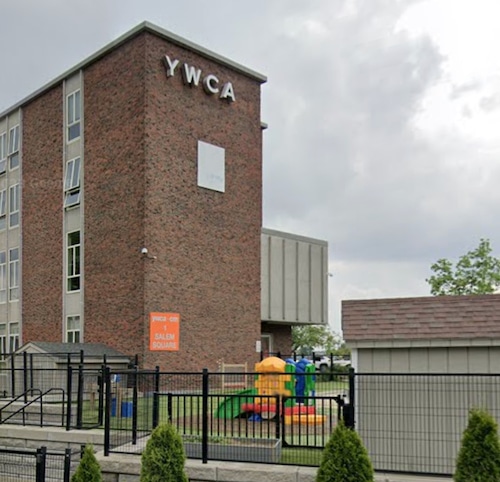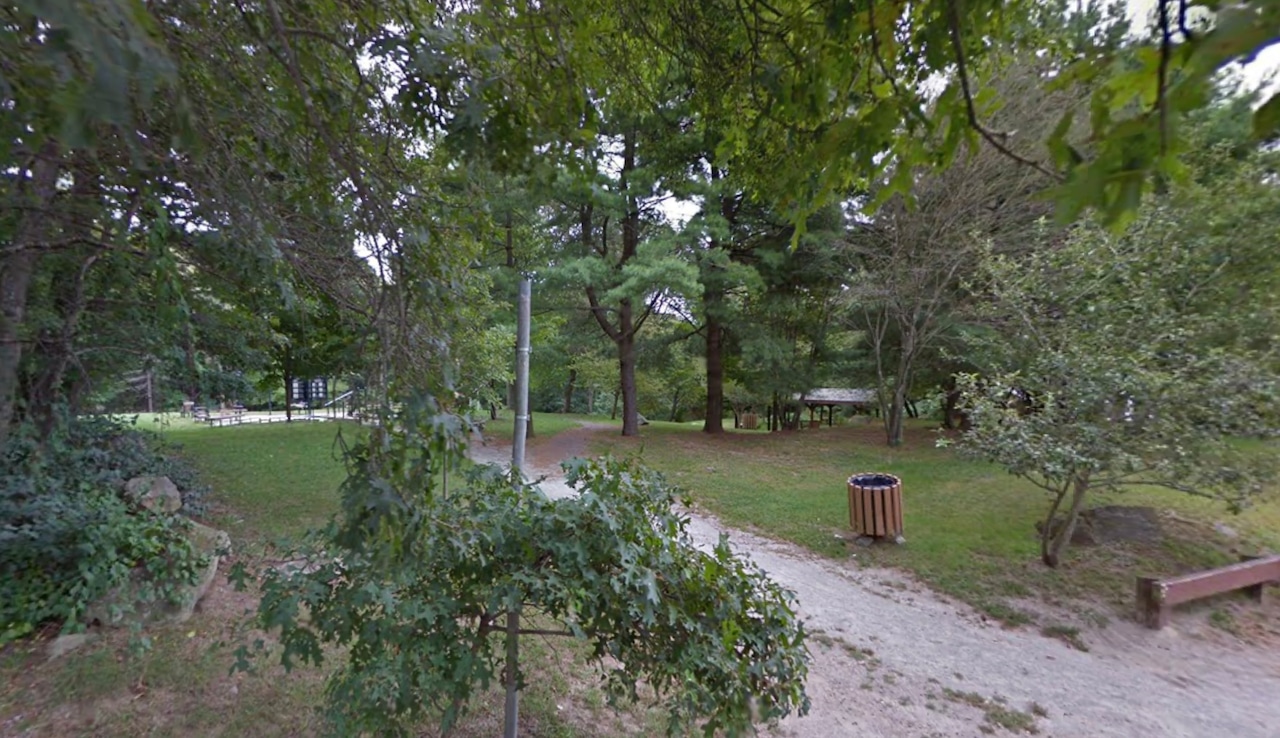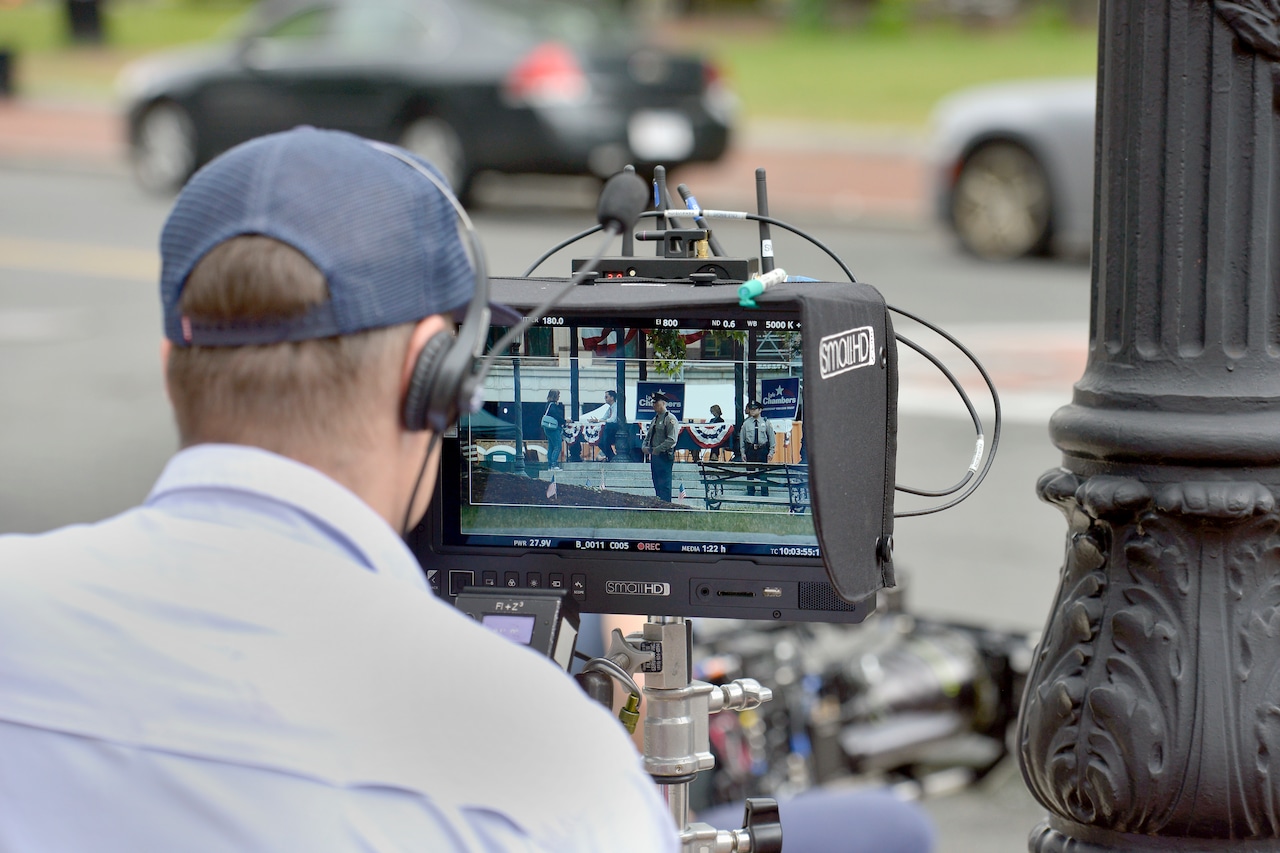On Dec. 28, the YWCA in Worcester will be the site for celebrating African-American history, values, family, community and culture
The Village, an Afro-Centric cultural and community center and OurStory Edutainment, a Black-led cultural learning institute that teaches Black history, will host their annual Kwanzaa celebration at the YWCA on Dec. 28 from 5 p.m. to 8 p.m.
The celebration will feature performances, vendors, giveaways and a community Karamu, or potluck, according to the event’s Facebook page. Guests are invited to bring a dish for the Karamu, except pork dishes.
Parlee Jones, the co-founder of the Village, told MassLive that the community center has taken the initiative in holding Kwanzaa related celebrations for the past 10 years.
“It’s a way to celebrate Black history,” Jones said of the holiday. “Remember, it’s not always about presents.”
The celebration at the YWCA is just one of many Kwanzaa-related events put together by The Village and OurStory Edutainment. The YWCA is located at 1 Salem St., Worcester.

The YWCA in Worcester.Google Maps
Following the feast, there will be events at The Village on 4 King St. from Dec. 29 to Dec. 31, according to their Facebook page. These events include a Kwanzaa art pop-up on Dec. 29 from 10 a.m. to 2 p.m. an event featuring affirmations, meditation, and a meal on Dec. 30 from 6:30 p.m. to 8 p.m. and a Kwanzaa drum circle on Dec. 31 from noon to 2 p.m.
The celebrations will wrap up with a Kwanzaa closing and a welcoming of the new year on Facebook Live on Jan. 1, according to the Facebook Page.
What is Kwanzaa?
Kwanzaa is a holiday created in 1966 by Maulana Ron Karenga, an active participant in the Black Power movement during the 1960s, according to the National Museum of African-American History and Culture (NMAAHC).
Kwanzaa is celebrated annually from Dec. 26 to Jan. 1 and each night of the week, a candle in a candleholder known as a Kinara is lit, according to the NMAAHC. There are seven candles in total, representing the seven principals of Kwanzaa, the website reads. These principals are Umoja (Unity), Kujichagulia (Self-Determination) Ujima (Collective Work and Responsibility) Ujamaa (Cooperative Economics) Nia (Purpose) Kuumba (Creativity) and Imani (Faith).
Karenga created the holiday to “reaffirm and restore African heritage and culture, introduce and reinforce the seven principals of the holiday, serve as a nationally celebrated and non-heroic holiday and serve as an act of cultural self determination,” the website reads.
The Kinara holds three red, three green and one black candle, according to History.com.
The candles and the Kinara are two of seven symbols representing the holiday. The other five are the Mazao (fruit, nuts and vegetables that represents the harvest), the Vibunzi (corn that represents the reproduction of children), a Mkeka (a mat that expresses history, culture, and tradition), a Kikombe cha Umoja (a unity cup) and Zawadi (gifts), the website reads.
Kwanzaa gets its name from the Swahili phrase, “matunda ya kwanza,” which means first fruits in Swahili and “celebrations often include songs and dances, African drums, storytelling, poetry reading, and a large traditional meal,” per the website.
Jones said that even though Kwanzaa is highlighted during the seven days after Christmas, Kwanzaa itself can be celebrated all year round. She said that Kwanzaa is about practicing the seven principals, which can be done throughout the year. The seven days of Kwanzaa following Christmas are time for reflection upon the principals that people strive to follow and a time to remember to follow these principals throughout the new year, Jones said.
“Maybe you’re working on one of the principals that has meaning to you,” Jones said. “You’re focused on unity, for example or you can pick a principal a day and go through it on your own.”






